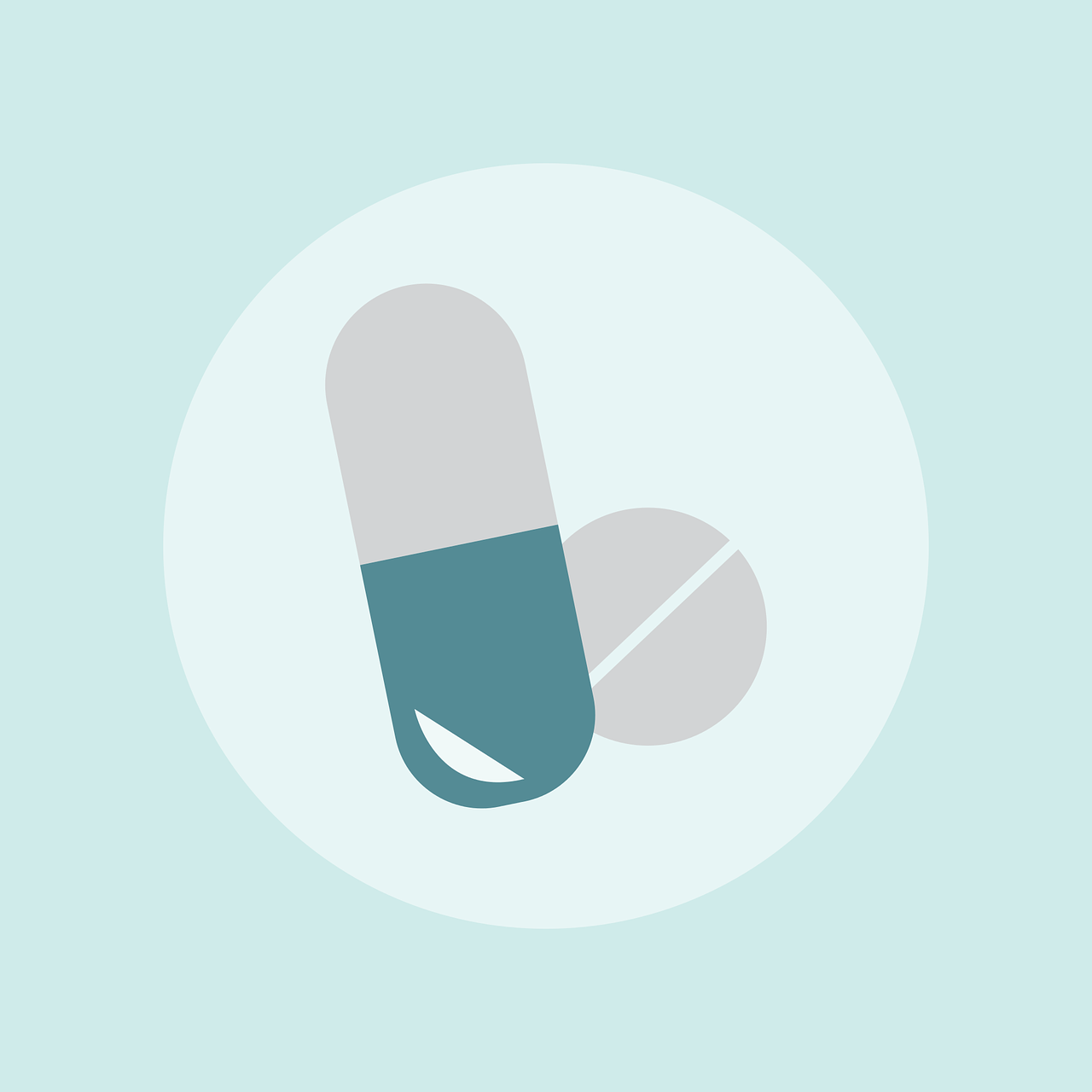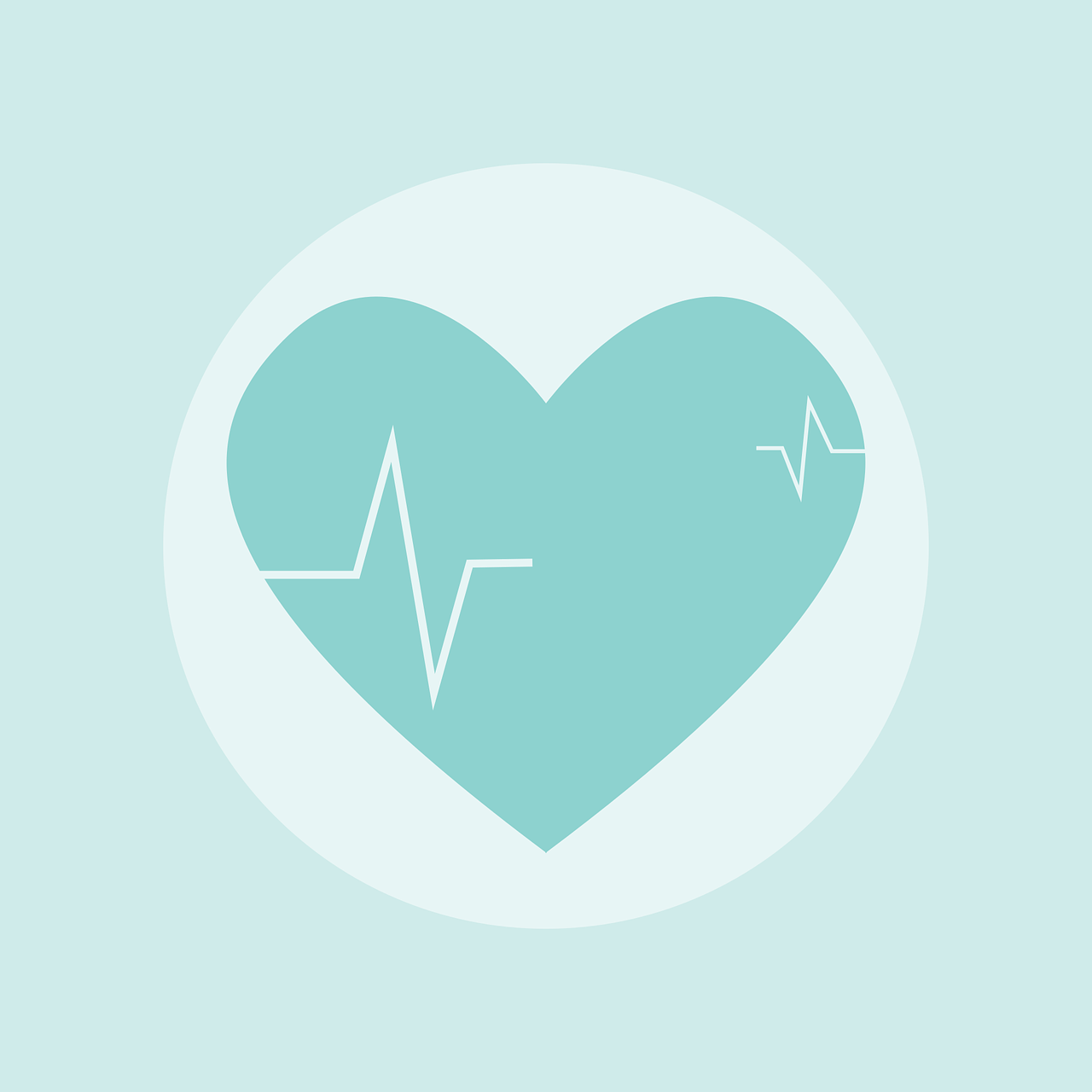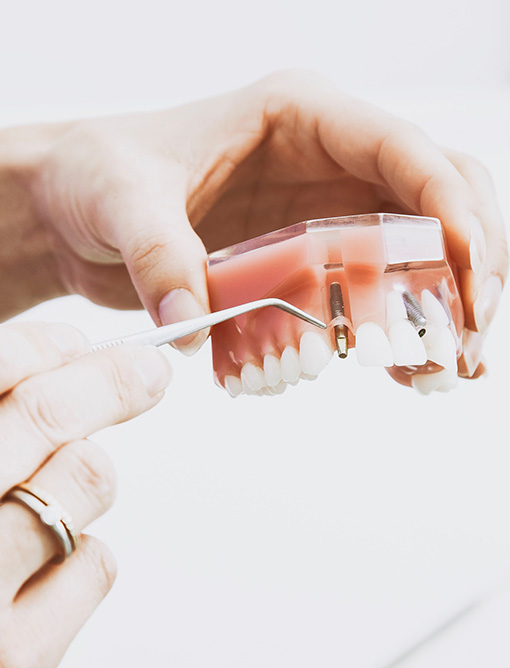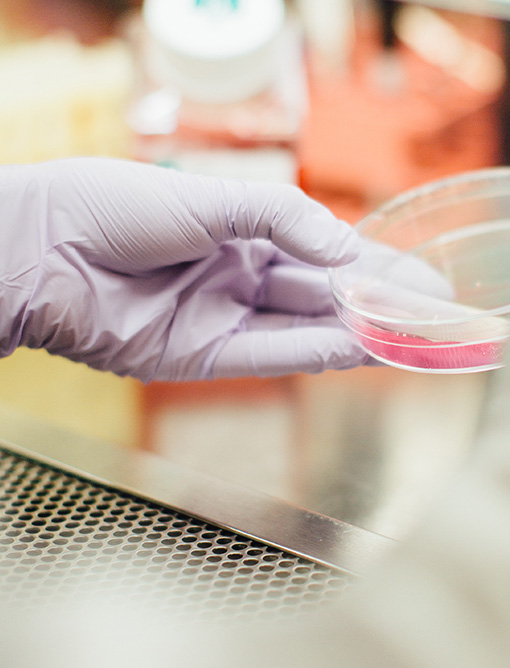What Is Leukemia?
Leukemia is usually thought of as a children’s condition, but it actually affects more adults. It’s more common in men than women, and more in whites than African-Americans.
There’s really nothing you can do to prevent leukemia. It’s cancer of your blood cells caused by a rise in the number of white blood cells in your body. They crowd out the red blood cells and platelets your body needs to be healthy. All those extra white blood cells don’t work right, and that causes problems.
How Does It Happen?
Blood has three types of cells: white blood cells that fight infection, red blood cells that carry oxygen, and platelets that help blood to clot.
Every day, billions of new blood cells are made in the bone marrow -- most of them red cells. But when you have leukemia, your body makes more white cells than it needs.
There are two main types of white blood cells in your body: lymphoid cells and myeloid cells. Leukemia can happen in either type.
These leukemia cells can’t fight infection the way normal white blood cells do. And because there are so many of them, they start to affect the way your major organs work. Eventually, there aren’t enough red blood cells to supply oxygen, enough platelets to clot the blood, or enough normal white blood cells to fight infection.
Along with infection, this can cause problems like anemia, bruising, and bleeding.
Types of Leukemia
Leukemia is grouped in two ways:
1. How fast it develops and gets worse
2. Which type of blood cell is involved (usually myeloid or lymphoid)
These types are then put into one of two categories: acute or chronic.
1. Acute leukemia happens when most of the abnormal blood cells stay immature and can’t carry out normal functions. It can get bad very fast.
2. Chronic leukemia happens when there are some immature cells, but others are normal and can function normally. That means it gets bad, but more slowly.
Causes
No one knows exactly what causes leukemia. People who have it have certain abnormal chromosomes, but the chromosomes don’t cause the leukemia.
You can’t really prevent leukemia, but it may be possible that certain things in your environment could trigger the development of it. For example, if you are a tobacco smoker, you are more prone to some types of leukemia than a nonsmoker. It’s also associated with a high amount of radiation exposure and certain chemicals.
Some kinds of chemotherapy and radiation therapy used to treat other cancers can actually cause leukemia. The chance that you’ll develop leukemia depends on the types of chemotherapy drugs used.
Family history is another risk factor for leukemia. For example, if an identical twin gets a certain type of leukemia, there is a 20% chance the other twin will have it within a year.
Treatments
The treatment you get depends on the type of leukemia you have, how far it has spread, and how healthy you are. But the main options are:
• Chemotherapy
• Radiation
• Biologic therapy
• Targeted therapy
• Stem cell transplant
• Surgery
Chemotherapy uses drugs to kill cancer cells in your blood and bone marrow. You can get the medicine:
• Through an injection into a vein or muscle
• As a pill
• Into the fluid around your spinal cord
Radiation uses high-energy X-rays to kill leukemia cells or keep them from growing. You can get it in only one part of your body where there are a lot of cancer cells, or all over.
Biologic therapy, also called immunotherapy, helps your immune system find and attack cancer cells. Drugs like interleukins and interferon can help boost your body's natural defenses against leukemia.
Targeted therapy uses drugs to block specific genes or proteins that cancer cells need to grow. This treatment can stop the signals leukemia cells use to grow and divide, cut off their blood supply, or kill them directly.
Stem cell transplant replaces the leukemia cells in your bone marrow with new ones that make blood. Your doctor can get the new stem cells from your own body or from a donor. First you'll have high doses of chemotherapy to destroy the cancer cells in your bone marrow. Then you'll get the new stem cells through an infusion into one of your veins. They will grow into new, healthy blood cells.
Surgery. Your doctor can remove your spleen if it is filled with cancer cells and is pressing on nearby organs. This procedure is called splenectomy.
Click here for Download pdf of patient information
Click here for Download pdf of prescribing information

Cytarabine Uses
This medication is usually given by injection into a vein by a health care professional. It may also be given by other methods of injection depending upon your medical condition.

Cytarabine Side Effects
Nausea, vomiting, loss of appetite, diarrhea, headache, dizziness, and pain/swelling/redness at the injection site may occur. Nausea and vomiting can be severe.

Cytarabine Precautions
Using cytarabine, tell your doctor or pharmacist if you are allergic to it; or if you have any other allergies. This product may contain inactive ingredients, which can cause allergic reactions or other problems.
For Free & Detailed solution: Contact our Experts 24/7
Our Services
Cytarabine is used to treat various types of cancer. It is a chemotherapy drug that works by slowing or stopping cancer cell growth.
We would like to give you an overview of Taj Pharmaceuticals: our background, organization, products, core belief and prospects.
This section displays common question about the Cytarabine Solution for injection or Infusion.
Cytarabine Image Gallery





